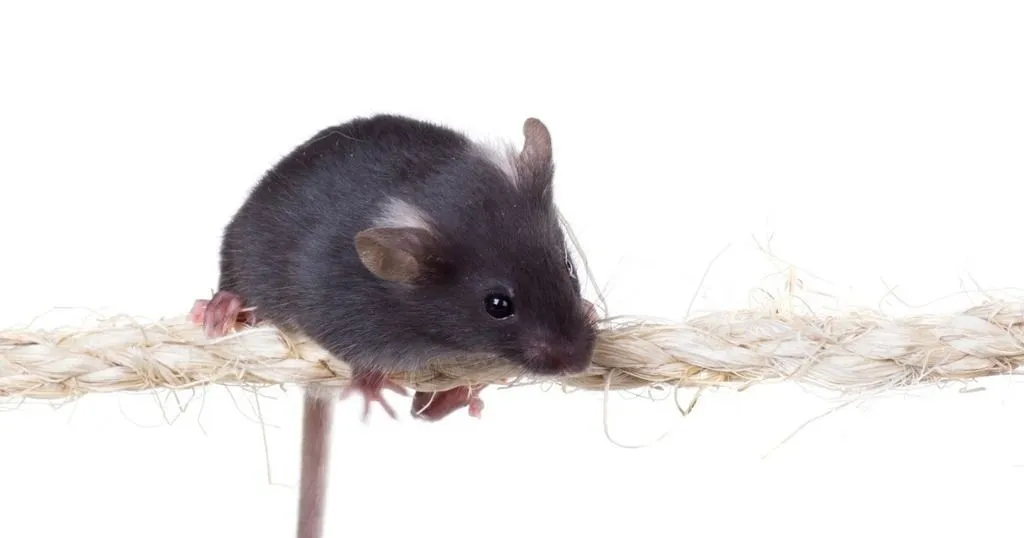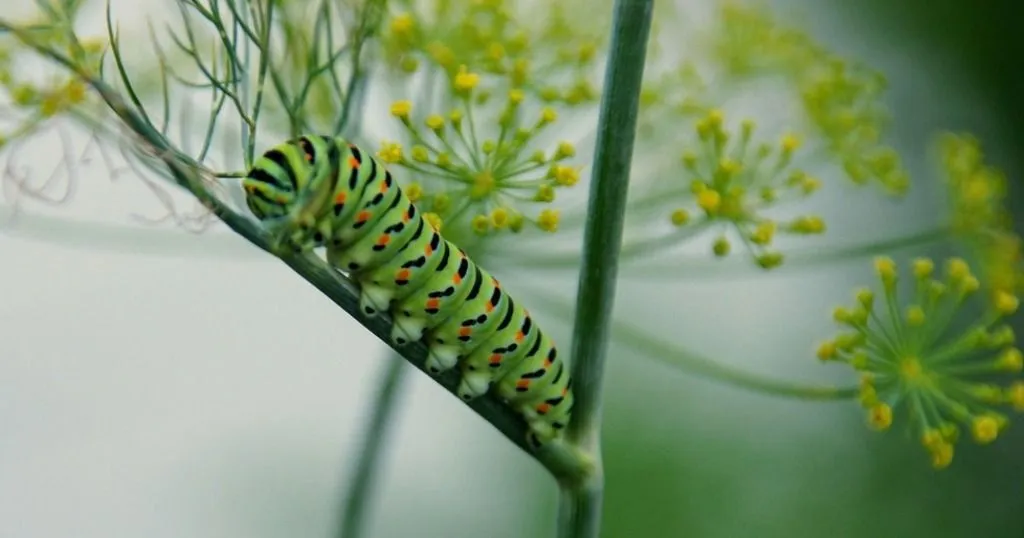Homology and analogy in behavioral neuroscience

The point of this blog is to encourage you, as researchers, to ‘double think’, which is to say think like a scientist and think like an animal.
Posted by
Published on
Mon 01 Jun. 2020
Topics
| Elevated Plus Maze | EthoVision XT | Zebrafish | Video Tracking |
Behavioral experiments employ a variety of animals, such as fish, pigeons, rats, monkeys, and humans, to name a few (for a discussion of invertebrates see here1). The decision of which animal model to use has many factors2, but is it valid to compare data from that animal without first considering the anatomical homology or behavioral analogy? To that end, what does that even mean?
Having a shared origin
According to the National Human Genome Research Project3, mice and humans share a remarkable homology: approximately 85% of protein-coding regions of the mouse and human genomes are identical. Between rats and mice, there is approximately 83-100% overlap4. Campbell and Hodos5 suggest “structures and other entities are homologous when they could, in principle, be traced back through a genealogical series to a stipulated common ancestral precursor irrespective of morphological similarity”. This makes sense as humans, mice, and other mammals share a common ancestor some 80 million years ago.
Having a shared function
On the other hand, analogs share a similar functional role6. Simply put for those of us who took more philosophy than biology courses: homologous means a shared origin, whereas analogous means a shared function. For example, rodents and humans have a homologous neuronal structure for acquiring spatial information, called the hippocampus; however, honey bees have an analogous structure, called the mushroom bodies, and zebrafish (Danio rerio) have an analogous structure called the anterodorsolateral pallium.
Making comparisons in behavioral neuroscience
This is important for many reasons. If you want to compare across things (neuronal structures, behavioral patterns, etc), then it is extremely important to note the relationship among those things. People are not rodents and rodents are not fish. So if one were to make any comparisons among the behaviors of any given species, then that comparison must be made on either a shared homology or with an analogous task. This may seem obvious, but it is very important. Let’s begin with an example:
In the mid-1980s, a novel behavioral paradigm for rats was described7. It consisted of a raised cross-shaped maze with two open arms and two closed arms. The task was called the elevated plus maze for obvious reasons. The premise is simple: rats have a natural fear of heights. Interestingly, the researchers noted that the animals would not readily explore the open arms unless they were treated with clinically effective anxiolytics. Conversely, anxiogenics caused significant more time to be spent in the closed arms; however, antidepressants had no effect whatsoever. Thus, the elevated plus maze became a standard task for testing anxiety in rodents. But what about testing anxiety in a fish?
Recently, researchers at MacEwan University8 created a behavioral analogous task for assessing anxiety in zebrafish. As fish swim in a tank, the behavioral analogy makes use of a danio’s natural aversion to bright, open spaces in favor dark, hidden ones. In this way, the task is completely analogous to the rodent version: it has a similar shape, testing protocol, and behavioral metrics such as dwell times, distance traveled, etc. Video tracking suites, such as EthoVision XT, make quick and easy work of the data collection and analysis. Similar tasks exist for other exploratory tasks, such as the open field for rodents and the novel tank diving task for fish. All these tasks make use of the innate behavior of the animal, but those innate differences cause researchers to use creative and clever means to create analogous tasks.
Double think
Thus, the point of this blog is to encourage you, as researchers, to ‘double think’, which is to say think like a scientist and think like an animal. Presumably you have a homologous animal model for your research question, disease model, and/or clinical application. But if you want to add a behavioral component, then you must think about the behavioral outputs exhibited by your animal model.
In addition to providing tracking suites and mazes, Noldus can help with behavioral paradigms and protocols. In addition, we can teach your research group the proper way to conduct a behavioral experiment and analyze data.
Contact us today and let us help you design your next behavioral analog!
References
- Byrne, J. H., & Crow, T. (1991). Examples of mechanistic analyses of learning and memory in invertebrates. In J. L. Martinez, Jr. & R. P. Kesner (Eds.), Learning and memory: A biological view (p. 329–358). Academic Press.
- Davidson, M.K., Lindsey, J.R., & Davis, J.K. (1987). Requirements and selection of an animal model. Israel Journal of Medical Sciences, Jun;23(6):551-5.
- Retrieved from https://www.genome.gov/10001345/importance-of-mouse-genome.
- Nilsson, S., Helou, K., Walentinsson, A., Szpirer, C., Nerman, O., & Ståhl, F. (2001). Rat-mouse and rat-human comparative maps based on gene homology and high-resolution zoo-FISH. Genomics, Jun 15;74(3):287-98.
- Campbell, C.B., & Hodos, W. (1970). The concept of homology and the evolution of the nervous system. Brain, Behavior and Evolution, 3(5):353-67.
- Lauder, G.V. (1994). Homology, Form, and Function. In Homology: The hierarchical basis of comparative biology. Edited by Brian K. Hall (1994) San Diego: Academic Press, xvi + 483 pp
- Pellow, S., Chopin, P., File, S.E., & Briley, M. (1985). Validation of open: closed arm entries in an elevated plus-maze as a measure of anxiety in the rat. Journal of Neuroscience Methods, Aug;14(3):149-67.
- Hope, B.V., Hamilton, T.J. & Hurd, P.L. (2019). The submerged plus maze as an assay for studying anxiety-like behavior in fish. MethodsX, 6:1832-37.
Related Posts

Caterpillars speed up seed production in plants

What a horse likes to eat: how to test dietary preferences

